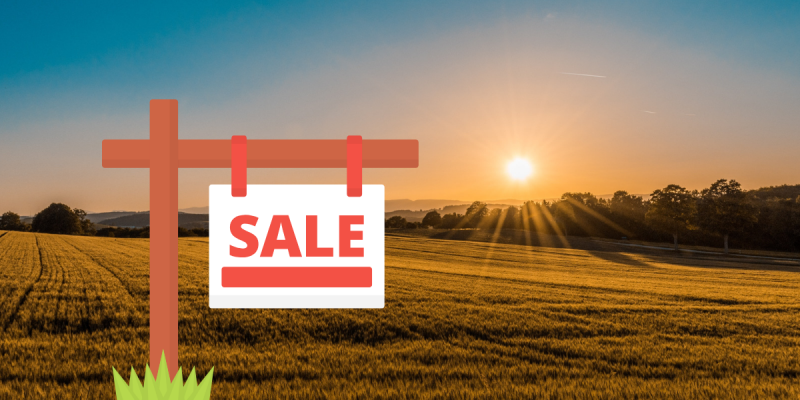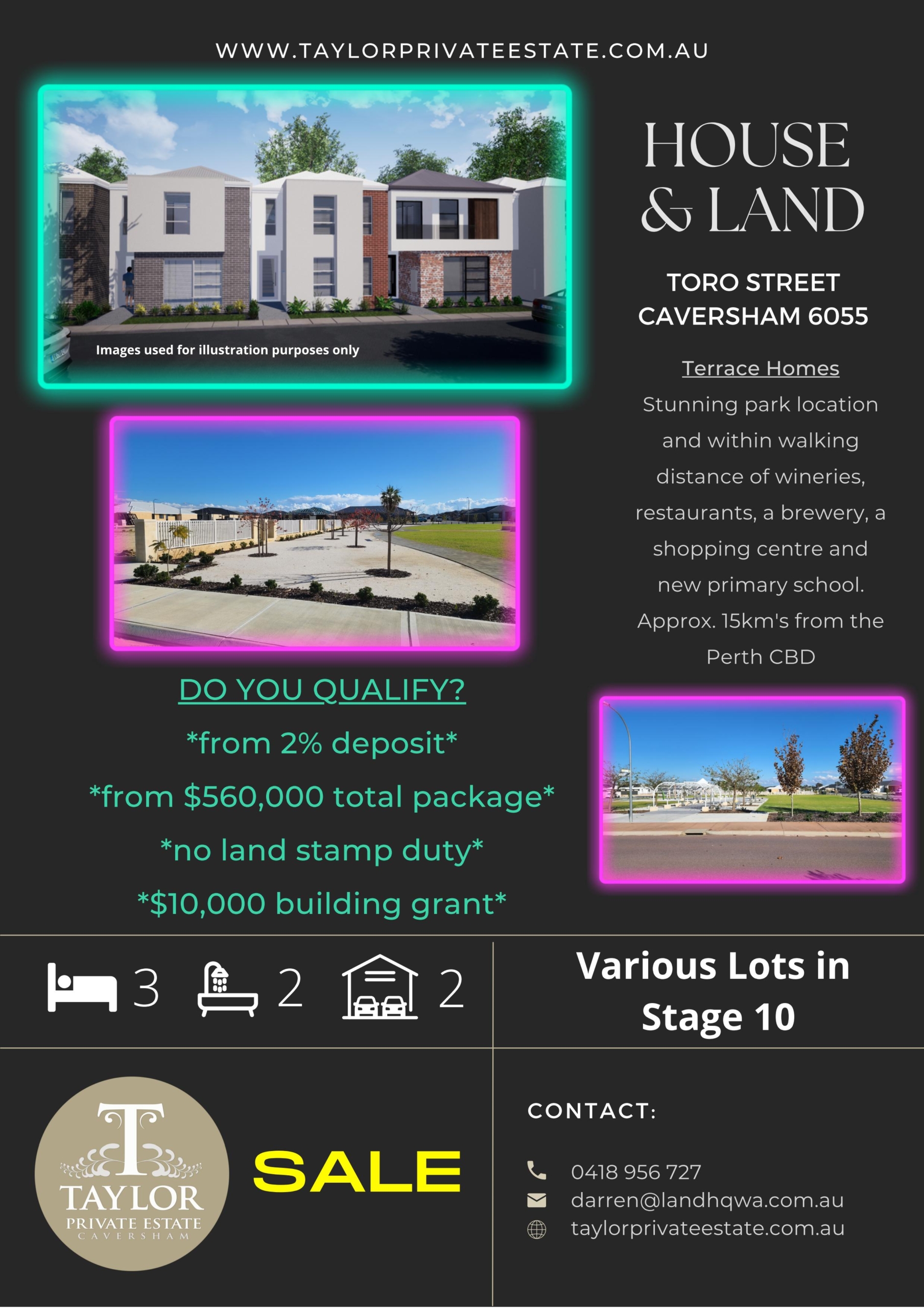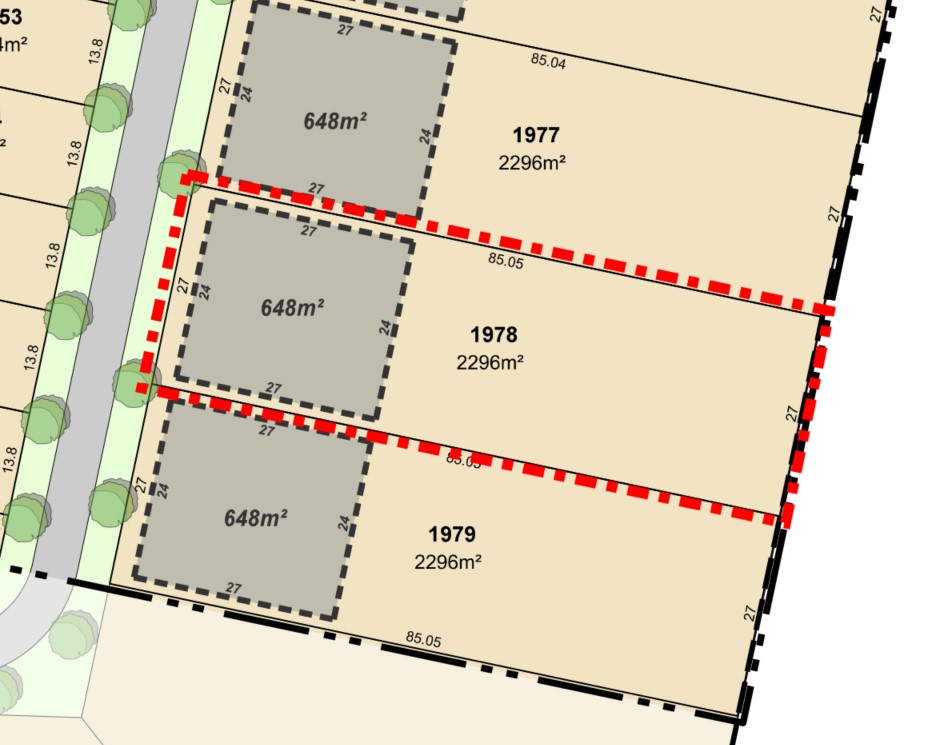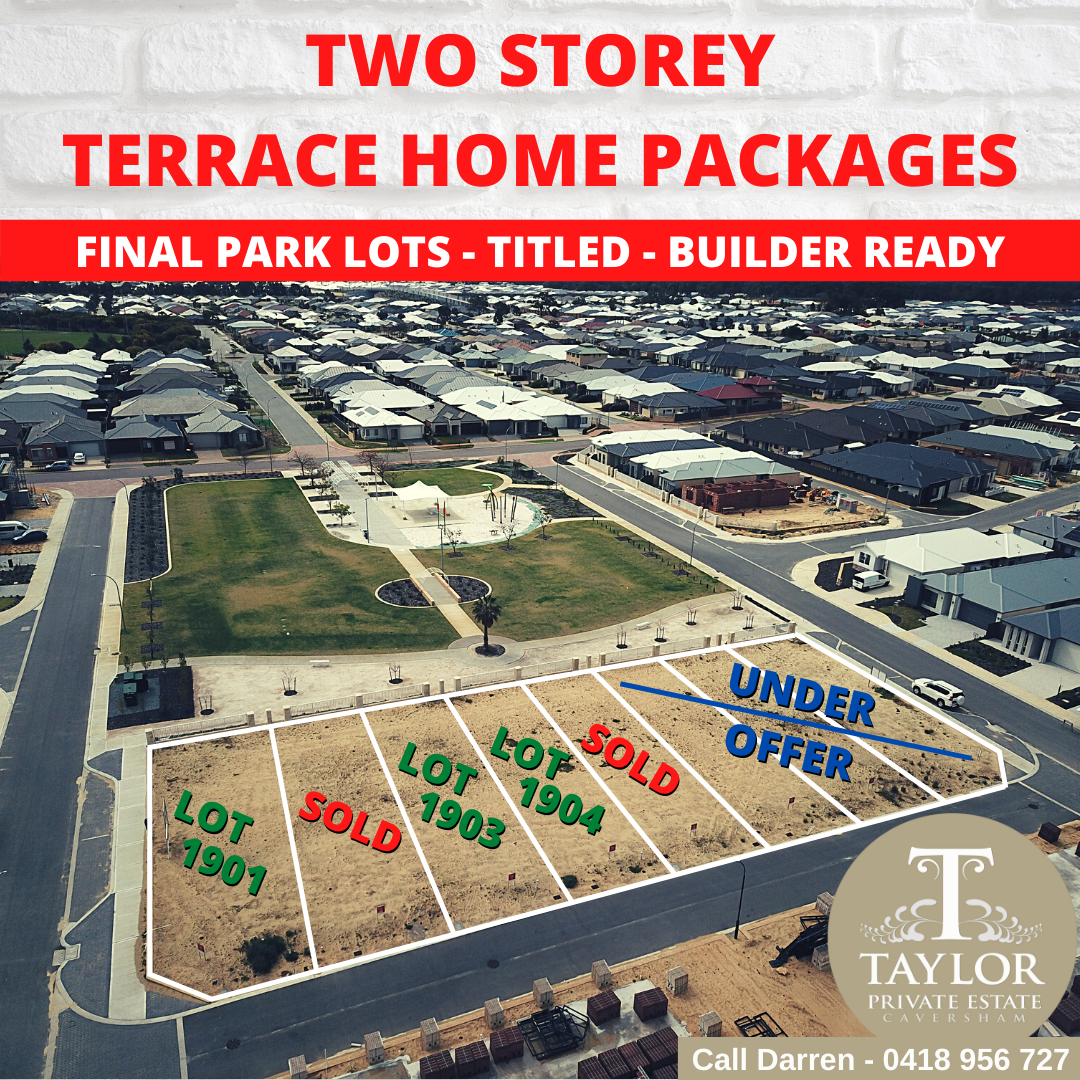When you plan to build, your dream home is all in the blueprint. The block of land you build on is just as important as the structure and layout of the home. Your block of land determines so much about the quality of your build.
First, will you be building in an existing area or a new subdivision? What size and style of home do you want? It’s also worth considering whether you’re amenable to altering building plans to suit your block of land. For some people, if the location is convenient, altering building plans isn’t a concern. For others, their vision of a dream house is set in stone. All they need is to find the right block of land for sale.
A hasty purchase can end up costing several thousand more in the long term. Or you could end up having major difficulty due to local planning restrictions. You want to build with all angles covered to ensure a stress free and successful construction.
We’ll take you through 5 of the most important things you need to look at when you look for land to buy.
Get Proper Advice
Even the most skilled DIY fanatics rarely have the construction expertise to analyse a building site. You need to find a knowledgeable sales consultant that can walk you through all considerations. The right consultant will have local knowledge and be able to assess the type of land that will suit your needs.
There are so many details that never arise when you’re living in a pre-built home. You’ll need an expert that can lead you through all the local planning requirements before you build and before you purchase.
Consider Its Future Worth
Among your concerns ought to be the potential future value. Location, surrounding businesses and amenities will affect how easy it will be to sell your property in future. When you’re looking at the surroundings, check out what will be constructed nearby in the future as well (i.e. new schools, shopping centres, etc).
If you build on a block that allows the use of solar resources, you’ll find increasing value. If the area surrounding your block is already developed and attractive, the sale will be faster and attract a higher price.
Consider the orientation of the block and frontage space. Highly desired properties include a wider frontage and a uniform size, allowing for greater flexibility. An added benefit is if your block allows for north facing orientation, which are generally considered most desirable. This alone will have a large impact on the saleability of your home should you decide to sell in future.
Count in the Planning Requirements
Nothing is worse than finding a perfect block of land for sale, only to realise it won’t work with your house plans due to local planning requirements. Each local government can have its own requirements relating to home size, setbacks and other planning considerations. A knowledgeable consultant can help you navigate the local planning requirements for your desired area.
Choose the Right Area
A dream home does little good when the surrounding community is a poor fit. For mass commuters, it’s important to be located near quality roads and transport systems. Families with children ought to study the surrounding schools and ensure there are nearby child friendly amenities.
It’s worth doing a bit of research on proposed developments in the area. What began as a vacant location can quickly become saturated with busy roadways and businesses.
Beyond proximity to amenities, you need to consider environmental issues. Be aware of any potential flood issues before purchasing. Look at the geography of the location, and its relative height above sea level or nearby drainage areas.
If the block you’re looking at buying is on a slope, look at a few things before you sign any papers. First, determine how much the slope will impact building. Slopes often must be levelled out or may need split level home design.
Next, understand that proximity to bushland can raise the BAL of a property. A BAL, bushfire attack level, can be reason enough to reconsider a block. Properties with these ratings will require additional building measures to ensure adequate resistance to bushfires. In these cases, it’s always recommended to consult with an environmental and building engineer.
Consider the Type of Soil
If you’ve only moved into existing homes, you’ve likely not heard of the term ‘site classification.’ It’s a critical part of planning to build. Put simply, site classification will tell you how likely soil shifting is. If the soil on the land block is more reactive (I.e. more likely to shift), the concrete footing costs can be significantly more expensive.
While you’re looking into land quality, take care to consider any trees that may need to be removed. If you may need to further level the ground, be sure to assess the associated costs ahead of time.
When you find vacant land for sale, do some research into the land’s prior uses. Past uses can have a big impact on current soil classification and quality. You do not want to find your dream home located on a contaminated site due to prior uses.
Frequently Asked Questions
Building regulations
How do I know what my Local Authority will restrict in my build?
All buildings in local authorities are assessed against the State Residential Design Codes (R-Codes), although depending upon the area, there may also be separate planning requirements. You can do some preliminary research on your own, but a consultant may be able to provide full clarity.
Can I use my entire block to build on?
Simply put, no. The Residential Design Codes require the inclusion of setbacks and open space on your lot. So be sure to do your research on your prospective block.
Soil queries
Can I do my own research on soil quality?
Yes, geotechnical reports are available to prospective builders. These will provide you with information regarding soil reactivity and composition.
How do I know what the land’s previous use was?
You can find past use and development records online. Likewise, you can have a talk with the council for full disclosure. If past use was farming or manufacturing, research to check for possible chemical use.
Location concerns
How can I tell what’s going to be built near my land block?
You can contact your Local Council, or if you’re still in the browsing phase you can visit planningalerts.org.au.
If I’m building in a newer area, will service utilities be provided?
It is a requirement of the developer, in conjunction with the service authorities, to provide service utilities to your property. In standard metropolitan subdivisions, this includes water, sewer and power. Your builder will then be responsible to connect into these services upon completion of your home.
Do new subdivisions decrease my property value?
Depending upon the maturity of the subdivision, it may greatly improve the value of your home. The introduction of new schools, parks or shopping centres may help to provide immediate value to your property.
Expert assistance
Can my builder take care of all the local planning requirements?
Yes and no. Yes, they’re the building experts and know what they can and cannot do. However, this implies you’ve already purchased the block. If you skip a consultant, you may end up having to alter your building plans to suit the block. It is therefore worthwhile consulting with a builder prior to purchasing land.
How can I find a consultant in my area?
You have several options to find a consultant. Many people conduct a quick search online and research reviews from there. Your local council can also direct you to a professional organization.
Conclusion
When you look for land to buy, take as much care as when you are creating your building plans. Look to the future, even if (or especially if) you plan on your build becoming your forever home. Get a good foundation and do due diligence when looking at land. It’s important not to buy a block of land simply because you can’t turn down the price tag. Purchase without research often results in a huge headache and a lot of compromise later.





